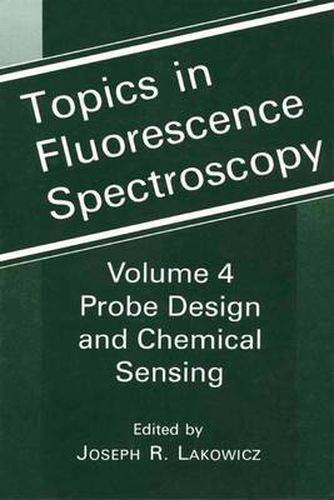Readings Newsletter
Become a Readings Member to make your shopping experience even easier.
Sign in or sign up for free!
You’re not far away from qualifying for FREE standard shipping within Australia
You’ve qualified for FREE standard shipping within Australia
The cart is loading…






This title is printed to order. This book may have been self-published. If so, we cannot guarantee the quality of the content. In the main most books will have gone through the editing process however some may not. We therefore suggest that you be aware of this before ordering this book. If in doubt check either the author or publisher’s details as we are unable to accept any returns unless they are faulty. Please contact us if you have any questions.
Time-resolved fluorescence spectroscopy is widely used as a research tool in bioch- istry and biophysics. These uses of fluorescence have resulted in extensive knowledge of the structure and dynamics of biological macromolecules. This information has been gained by studies of phenomena that affect the excited state, such as the local environment, quenching processes, and energy transfer. Topics in Fluorescence Spectroscopy, Volume 4: Probe Design and Chemical Sensing reflects a new trend, which is the use of time-resolved fluorescence in analytical and clinical chemistry. These emerging applications of time-resolved fluorescence are the result of continued advances in laser detector and computer technology. For instance, pho- multiplier tubes (PMT) were previously bulky devices. Miniature PMTs are now available, and the performance of simpler detectors is continually improving. There is also considerable effort to develop fluorophores that can be excited with the red/ne- infrared (NIR) output of laser diodes. Using such probes, one can readily imagine small time-resolved fluorometers, even hand-held devices, being used fordoctor’s office or home health care.
$9.00 standard shipping within Australia
FREE standard shipping within Australia for orders over $100.00
Express & International shipping calculated at checkout
This title is printed to order. This book may have been self-published. If so, we cannot guarantee the quality of the content. In the main most books will have gone through the editing process however some may not. We therefore suggest that you be aware of this before ordering this book. If in doubt check either the author or publisher’s details as we are unable to accept any returns unless they are faulty. Please contact us if you have any questions.
Time-resolved fluorescence spectroscopy is widely used as a research tool in bioch- istry and biophysics. These uses of fluorescence have resulted in extensive knowledge of the structure and dynamics of biological macromolecules. This information has been gained by studies of phenomena that affect the excited state, such as the local environment, quenching processes, and energy transfer. Topics in Fluorescence Spectroscopy, Volume 4: Probe Design and Chemical Sensing reflects a new trend, which is the use of time-resolved fluorescence in analytical and clinical chemistry. These emerging applications of time-resolved fluorescence are the result of continued advances in laser detector and computer technology. For instance, pho- multiplier tubes (PMT) were previously bulky devices. Miniature PMTs are now available, and the performance of simpler detectors is continually improving. There is also considerable effort to develop fluorophores that can be excited with the red/ne- infrared (NIR) output of laser diodes. Using such probes, one can readily imagine small time-resolved fluorometers, even hand-held devices, being used fordoctor’s office or home health care.